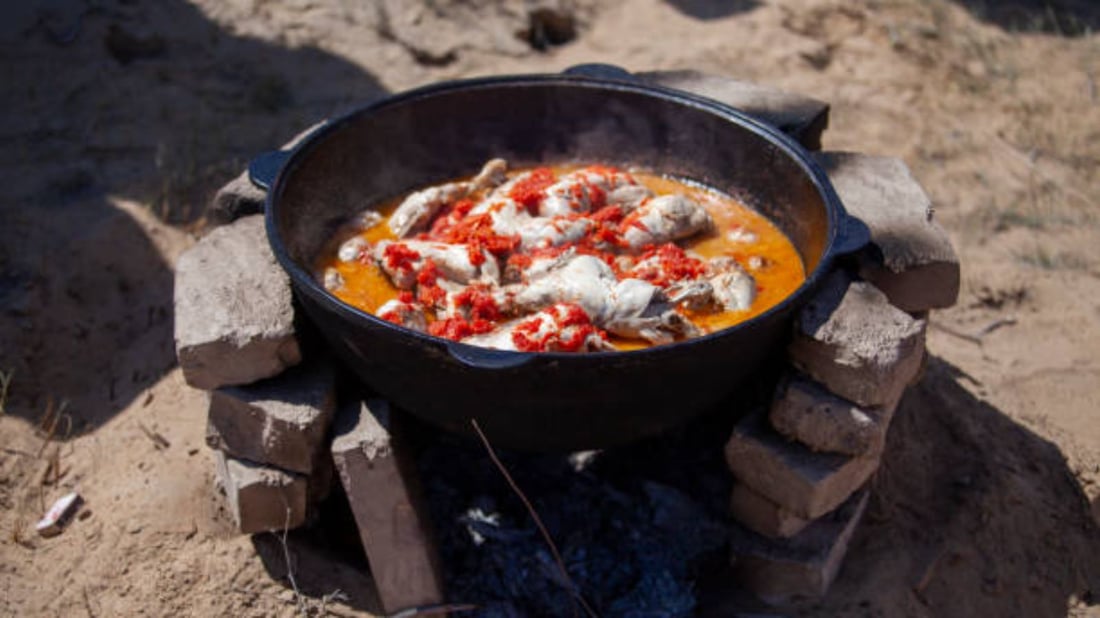Introduction
cast iron double dutch ovens are versatile cooking vessels that have been popular for centuries. They are perfect for baking, frying, and simmering, and they can be used on the stovetop, in the oven, or even on an open fire. In this article, we will explore the various benefits of using a cast iron double Dutch oven, and discuss its many uses and advantages.
Benefits of Cast Iron Double Dutch Ovens
Cast iron double Dutch ovens are praised for their durability and versatility. They are made from a single piece of cast iron, which means that they are built to last for years to come. The thick walls of the pot also provide excellent heat retention, which means your food will cook evenly without hot spots. Plus, they are naturally non-stick when properly seasoned, making them easy to clean and preventing food from sticking to the bottom.
Uses for a Cast Iron Double Dutch Oven
There are many different ways to use a cast iron double Dutch oven, making it one of the most versatile cooking pots in your kitchen. Here are just a few examples:
- Baking bread, rolls, or biscuits
- Frying chicken, fish, or doughnuts
- Simmering stews, chilis, or soups
- Browning meats before cooking in the oven or slow cooker
- Roasting vegetables, potatoes, or meats
Seasoning a Cast Iron Double Dutch Oven
Before you use your cast iron double Dutch oven for the first time, you should season it. This process strengthens the natural non-stick surface of the pot and helps prevent rust. Here are the steps to season your double Dutch oven:
- Wash the pot with warm, soapy water and dry it completely.
- Preheat your oven to 350°F.
- Coat the inside and outside of the pot with a thin layer of vegetable oil or shortening.
- Place the pot upside-down in the oven and bake for one hour.
- Turn off the oven and let the pot cool inside.
Cleaning and Maintaining a Cast Iron Double Dutch Oven
Cast iron double Dutch ovens require a little more attention than other types of cookware, but with proper care and maintenance, they can last a lifetime. Here are some tips for cleaning and maintaining your double Dutch oven:
- Never use soap to clean your pot. Instead, use hot water and a stiff brush or scraper to remove any food residue.
- Never soak your pot in water.
- After washing, dry the pot completely and coat it with a thin layer of oil or shortening.
- Store your pot in a dry place with the lid slightly ajar to allow air circulation.
- If you notice rust forming on your pot, you can remove it by gently scrubbing with steel wool and re-seasoning the pot.
Choosing the Right Cast Iron Double Dutch Oven
When it comes to choosing a cast iron double Dutch oven, there are a few important factors to consider. Here are some things to keep in mind:
- Size: Double Dutch ovens come in a range of sizes, so choose one that will meet your cooking needs.
- Shape: Some double Dutch ovens have a round or oval shape, while others are more square. Consider the types of food you will be cooking and choose a shape that will accommodate them.
- Lid: Some double Dutch ovens come with a flat lid, while others have a domed lid. The design of the lid can affect how much moisture is retained during cooking.
- Brand: Look for a reputable brand with a good reputation for quality and customer service.
Conclusion
A cast iron double Dutch oven is more than just a cooking pot – it's a versatile tool that can help you create delicious meals for years to come. Whether you're baking bread, frying chicken, or slow-cooking a stew, a double Dutch oven can handle it all. With proper care and maintenance, your double Dutch oven can be passed down for generations to come.

